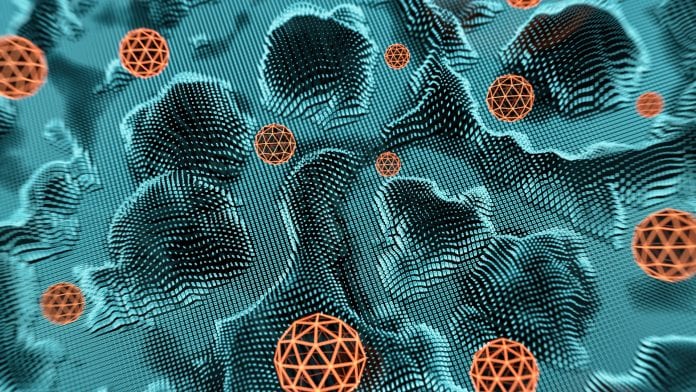
A team of researchers are using nanoparticles as a completely new way of fighting antibiotic resistance.
Antibiotics resistance is increasing across the globe as germs gain resistance to them the more that we use them, with some species having the ability retreat into the inside of human cells, where they remain invisible to the immune system. The team from Empa and ETH Zurich are tackling the problem by developing nanoparticles that use a completely different mode of action from conventional antibiotics.
Antibiotics have difficulty in penetrating human cells, however, the novel nanoparticles developed by the team can penetrate the membrane of affected cells due to their small size and structure.
The research has been published in Nanoscale.
Nanoparticles as antibiotics
For the research, the team used cerium oxide, a material with antibacterial and anti-inflammatory properties, in its nanoparticle form and combined them with a bioactive ceramic material known as bioglass, which has regenerative properties and is used for the reconstruction of bones and soft tissues.
They then synthesised flame-made nanoparticle hybrids made of cerium oxide and bioglass, which have proven to be successful as wound adhesives whereby bleeding can be stopped, inflammation can be reduced, and wound healing can be accelerated. These novel particles have also shown a significant effectiveness against bacteria and are well tolerated by human cells.
The researchers demonstrated the interactions between the hybrid nanoparticles, the human cells, and the germs using electron microscopy. They found that if infected cells were treated with the nanoparticles, the bacteria inside the cells began to dissolve. However, if they blocked the uptake of the hybrid particles the antibacterial effect was gone. The team have highlighted that the exact mode of action of the particles is not yet fully understood.
The researchers think that resistance is less likely to develop against a mechanism of this kind. Empa researcher, Tino Matter, said: “What is more, the cerium particles regenerate over time, so that the oxidative effect of the nano-particles on the bacteria can start all over again.”
Next, the researchers want to analyse the interactions of the particles in the infection process in more detail in order to further optimise the structure and composition of the nanoparticles with the aim of developing a simple, robust antibacterial agent that is effective inside infected cells.









